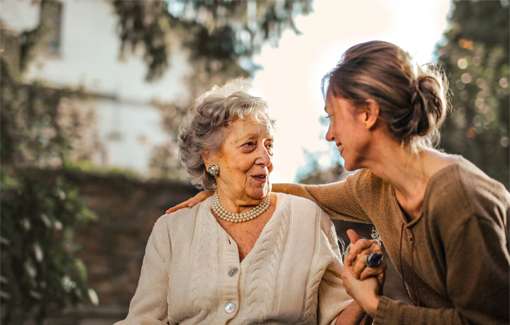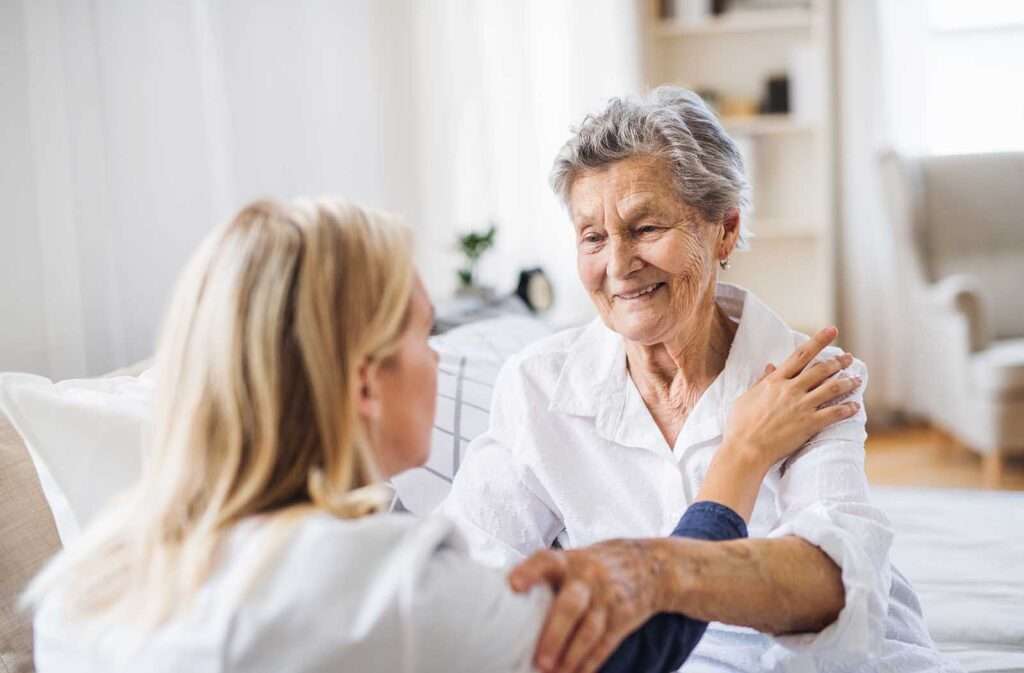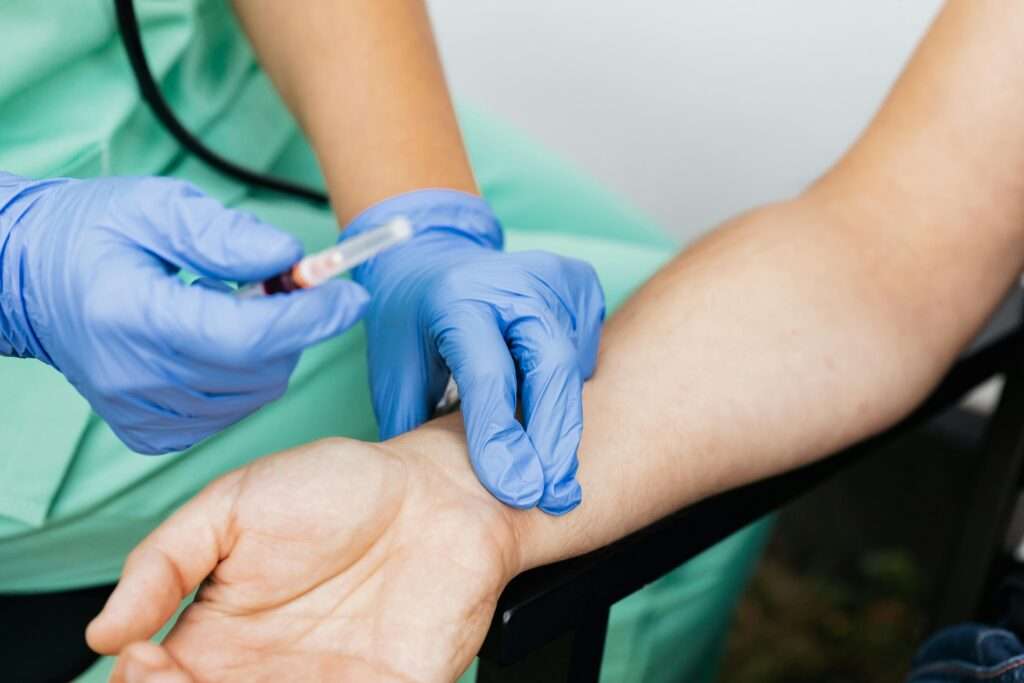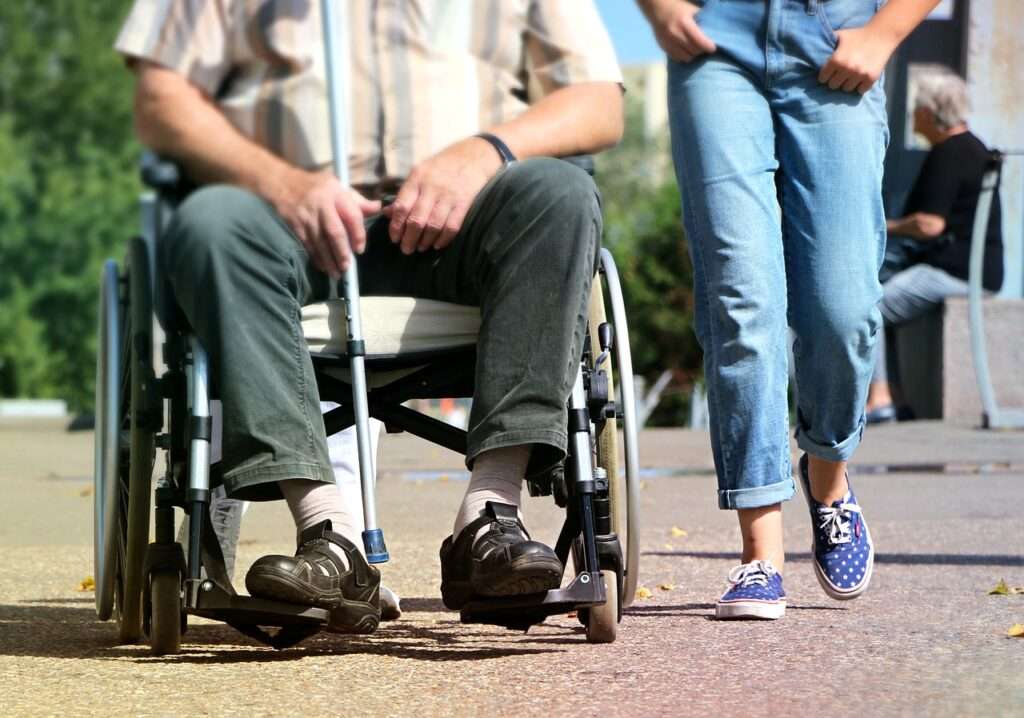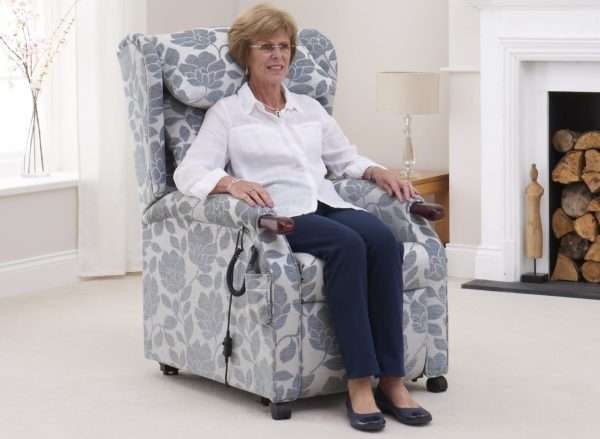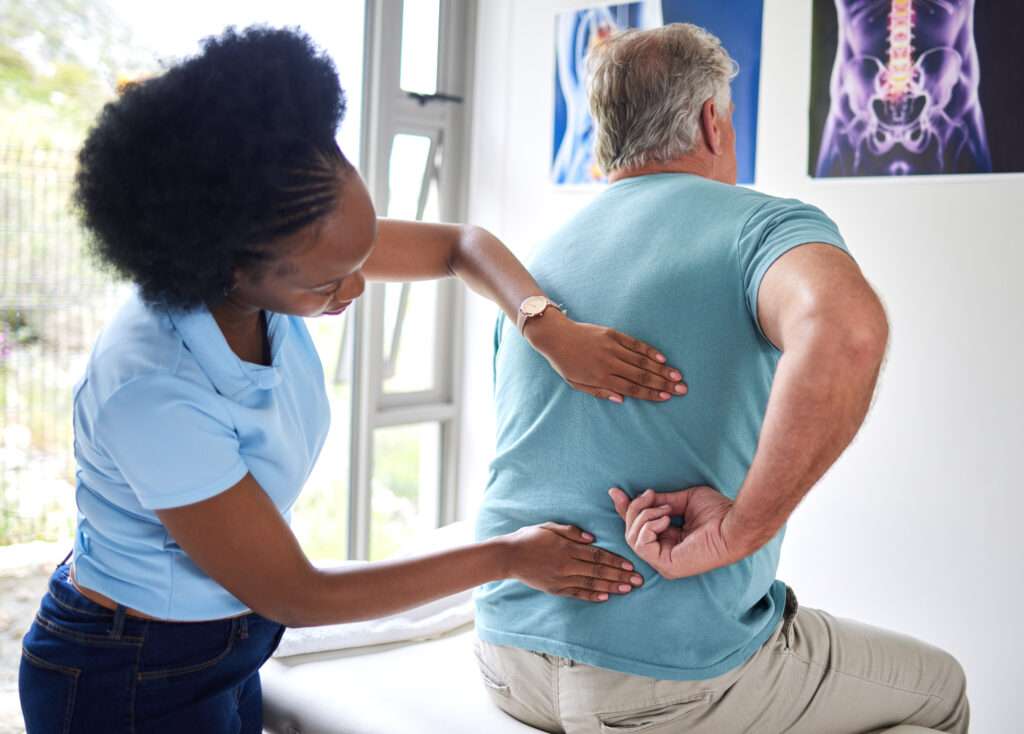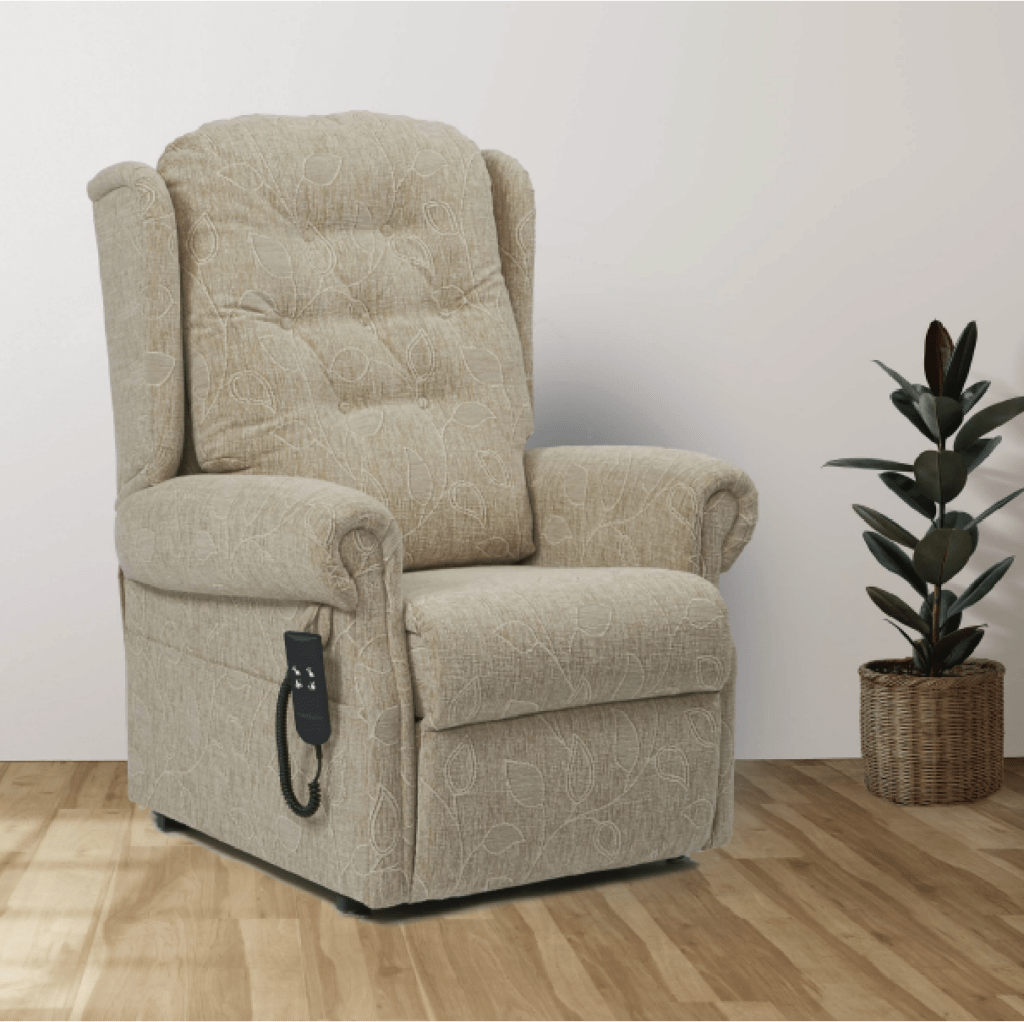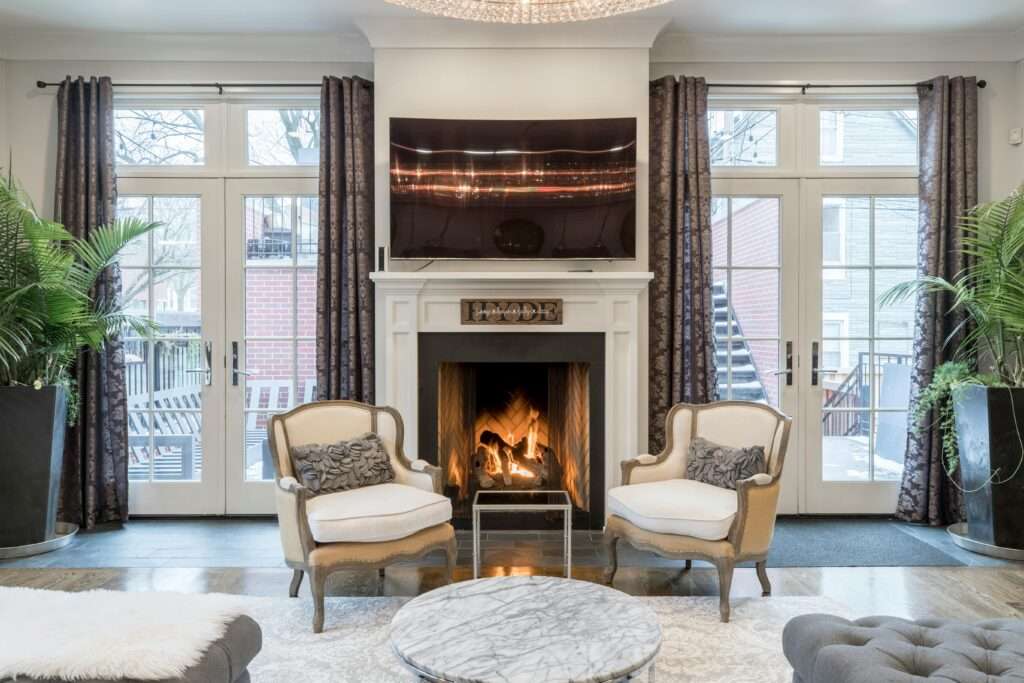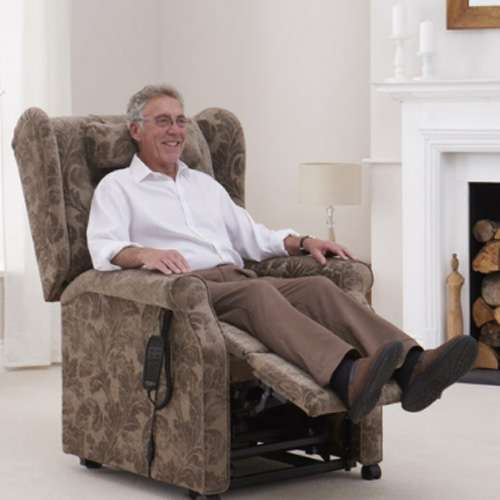Falls are an epidemic in the United Kingdom. What’s more, falls are an expensive, avoidable epidemic.
The cost of falls — both financially and physically — is proving too much to bear for the NHS and social services alike. Let’s take a closer look at how falls in the UK is affecting people and healthcare providers all across the country.
Jump straight to…
Find out more about the shocking statistics surrounding the cost of falls in the infographic below. Take a closer look and what else our investigations revealed in the paragraphs beneath.

What causes falls?
Firstly, it’s important to know what kinds of things cause people to fall over. It can be anything as small as an object left in the way that causes a trip, or it can be having poor vision or balance.
Some of these things can be helped with some due care and attention, but others are more difficult to prevent — particularly medical conditions. The following things can cause people to fall over:
- Poor vision
- Heart disease, dementia, low blood pressure, and other long-term conditions
- Balance problems and weak muscles
- Wet floors
- Bad lighting
- Obstructions or trip hazards
- Rushing
- Missing a step
As you can tell, the problem isn’t necessarily so clean-cut. Things like poor vision and ongoing health conditions can’t be picked up and moved to one side.
How often do falls happen?
There are lots of statistics on this, and Age UK reports that six people over the age of 65 fall every minute in the UK. That’s about 8640 people aged 65 and over that are falling every day in this country.
The charity also estimates that on a yearly basis, around 3.4 million people over 65 suffer a fall that causes a serious injury (or even death). Falls are the main cause of death from injury for people aged 75 and over in the UK.
Now that you know how frequent and serious falls are, let’s look at the long-lasting effects.
Injuries caused by falls
Falls can really knock someone’s confidence — particularly amongst older people. It can make you feel less independent and more isolated.
One of the most common injuries caused by falls is a hip fracture. Approximately 50% of people who suffer a hip break struggle to ever live independently again.
The number of people suffering fractures as a result of a fall now exceeds the number of people having heart attacks and strokes. People suffering a hip fracture also have an increased one-year mortality rate.
More alarmingly, an older person dies every hour as the result of a hip fracture. A government study also showed that falls were the ninth highest caused of disability-adjusted life years (DALYs) in England in 2013.
How much do falls cost the NHS?
Other than the overall effects and injuries caused by falls, they also cost the NHS a lot of money. Whether it’s the ambulance service that attends in an emergency, or falling in hospital itself, the NHS is footing a rather large bill for something that could be avoided.
Every year, ambulance services respond to around 700,000 calls to attend to older people who have fallen over — this equates to 10% of their total calls. Every ambulance call-out costs the NHS £115.
A quarter of these fallen people do not need to go to hospital, nevertheless it still costs the NHS to go out and tend to them.
The British Geriatrics Society reports that the cost of falls to the NHS more than £2.3 billion every year, which is an almost incomprehensible amount. £1.9 billion of that amount goes on hip fractures alone — and that doesn’t include the cost of social care.
Moreover, government research has shown that unaddressed falls hazards around the home cost the NHS £435 million. This could easily be reduced in a few simple ways.
So what can we do about it?
There are various ways that we could help alleviate the cost of falls and pressure on the NHS.
Exercise Programmes
Firstly, strength and balance exercise workshops can be taught in care homes and other facilities where older people at more at risk of a fall. Age UK did a full study on falls and how exercise programmes can help to prevent falls from occurring in the first place.
Remove Trip Hazards
We can also take more care and attention in our own homes and in care facilities where trip hazards and just left around. Make sure loose wires and leads are tucked away and even re-arrange furniture if needed to make falls less likely.
Falls Lifting Devices
Another thing we can do to take pressure and expense off the NHS is to get health and social care services equipped with more sophisticated falls lifting devices. This would allow nursing home staff and community care teams to assist people who are uninjured after a fall, without having to call for an ambulance.
The Raizer Emergency Falls Lifting Chair can be used easily and quickly by a single operator to get someone back on their feet with comfort and dignity.
We have run trials with emergency services and residential care homes. Both have found that the device has taken the strain off their teams when responding to falls.





